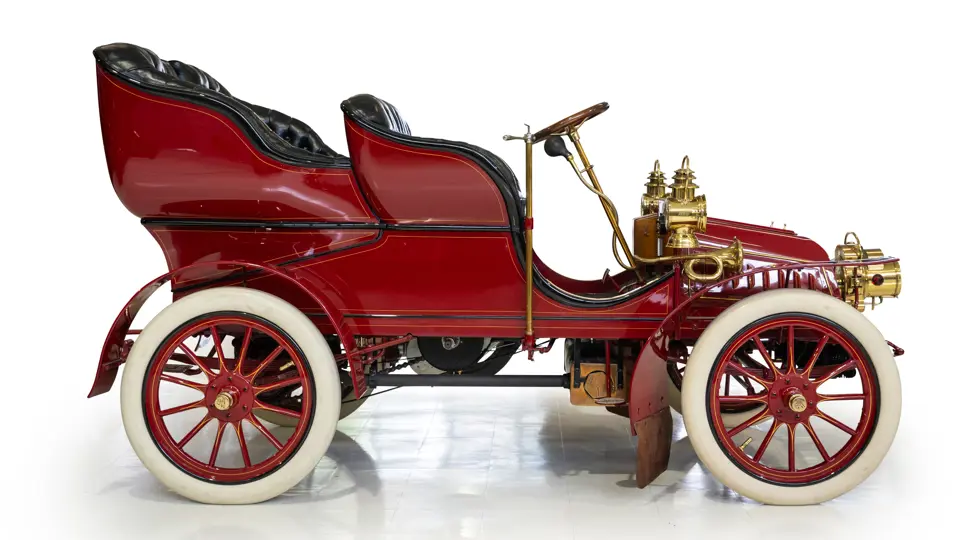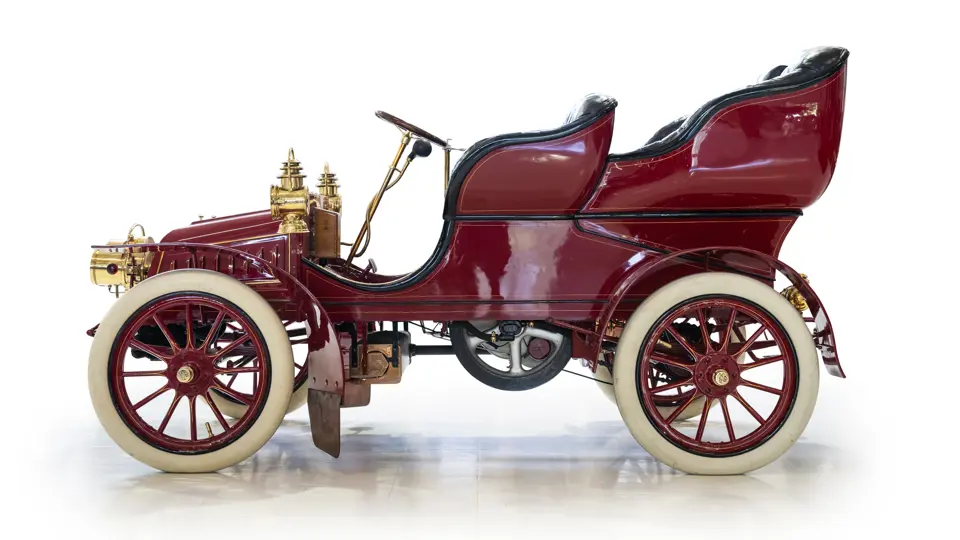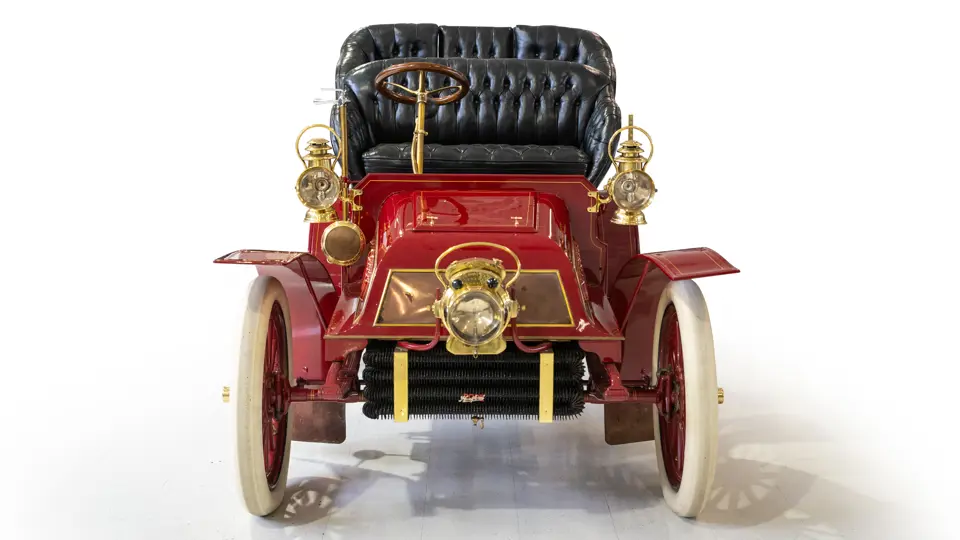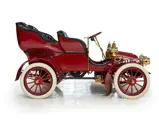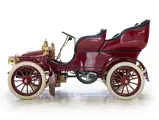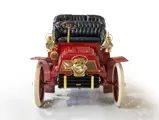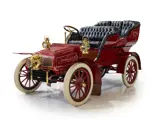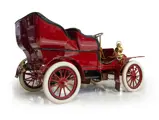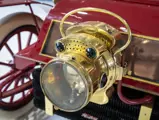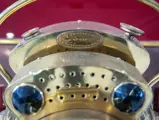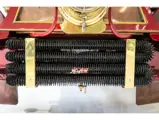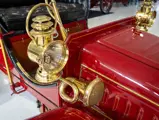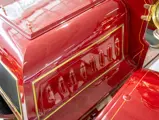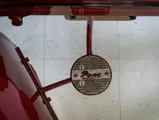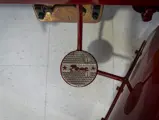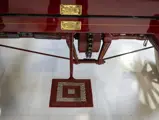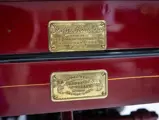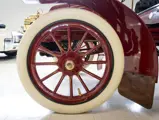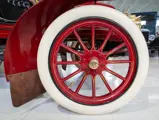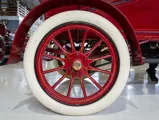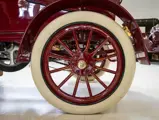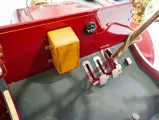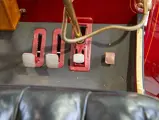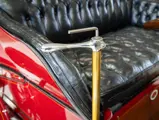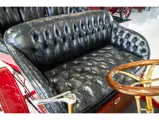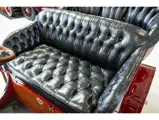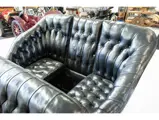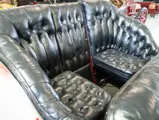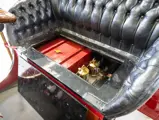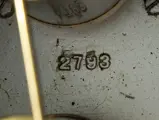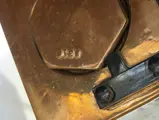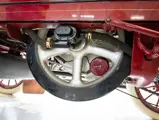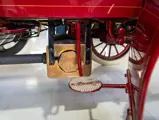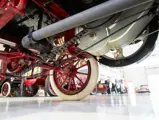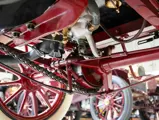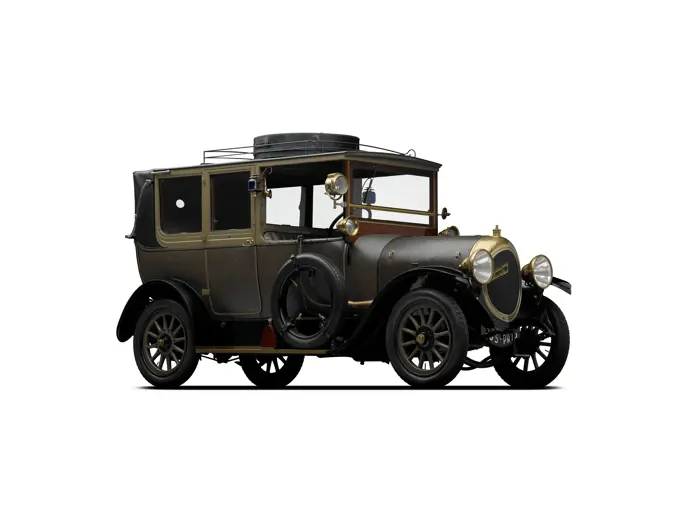Colonel Albert Pope was a bicycle manufacturer in Hartford, Connecticut. Eventually he consolidated 45 such companies into a “bicycle trust” that prospered briefly before the “bicycle bust” of 1903 brought on by oversupply undermined the industry. Fortunately, Pope was already thinking ahead. In 1897, he had placed an electric car on the market under the name Columbia, the same used for his bicycles. Columbia electrics, and a few gasoline models, enjoyed a brief vogue before being overtaken by the Stanley-designed Locomobile steamer as America’s best-selling car. In 1903, Pope embarked on a scheme to build automobiles in many cities using his own name.
The first of these was the Pope-Hartford, its surname taken from its home city. A prototype single-cylinder car was running in the summer of 1903 and was introduced to the market shortly afterwards. A runabout style was designated Model A, a tonneau tourer called Model B. Larger cars soon followed, a twin-cylinder car in 1905 and a four the following year. A six-cylinder car arrived in 1911, two years after Pope had died. His brother George took over the leadership, but receivership followed in 1913. Three body styles were offered in 1914, however they were not enough to save the company. In January 1915, Pope-Hartford sold the last of its factories to aircraft entrepreneurs Pratt & Whitney.
This Pope-Hartford is fully restored and bears a 1985 Antique Automobile Club of America National Senior award medallion. It is believed to be one of the earliest known Pope-Hartfords to have survived, built in 1903 for the marque’s introduction the following year. Its single-cylinder engine drives through a two-speed planetary transmission and a single chain to the rear axle.
The body is painted in gloss red, accented with black moldings and double gold pinstriping. The upholstery is black buttoned leather. As the body nomenclature implies, the rear seat passengers enter from the back of the vehicle. The brass lighting is impressive, as is the well-detailed undercarriage. In the custom of the day, the driver is afforded no instrumentation, but a large bulb horn is provided to warn pedestrians and other vehicles of its approach.
Eligible for the famed London to Brighton Veteran Car Run, held each November in the United Kingdom, it is a stellar example of America’s turn-of-the-century automobiles.


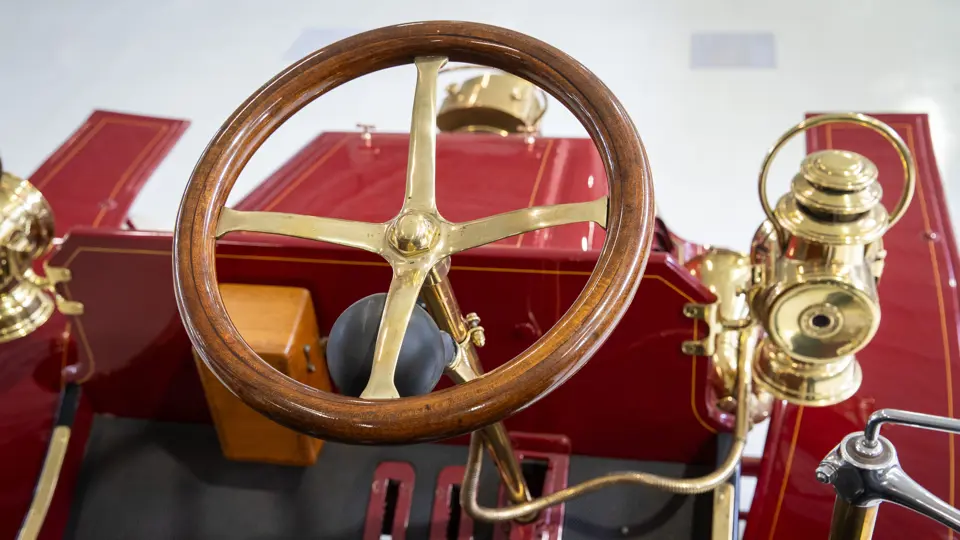


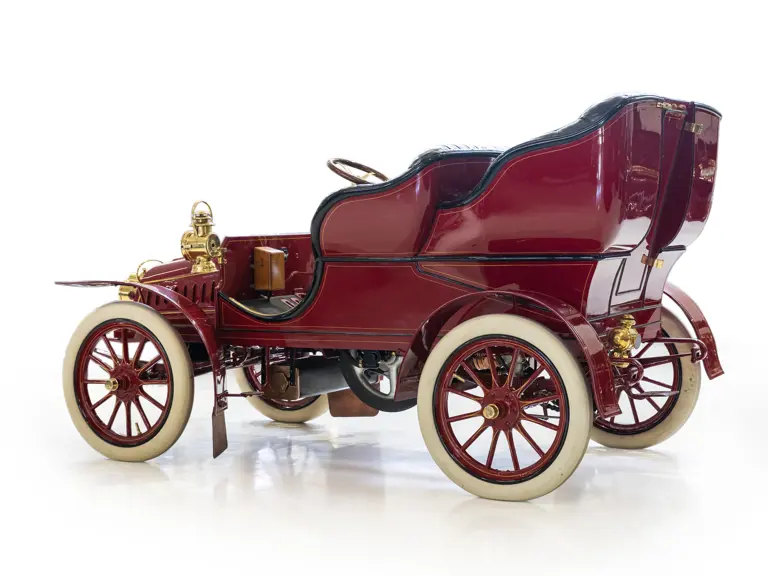
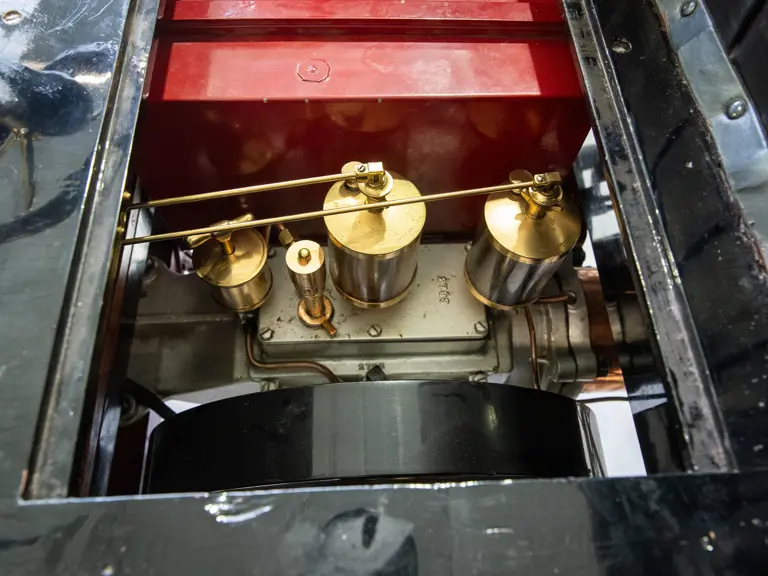
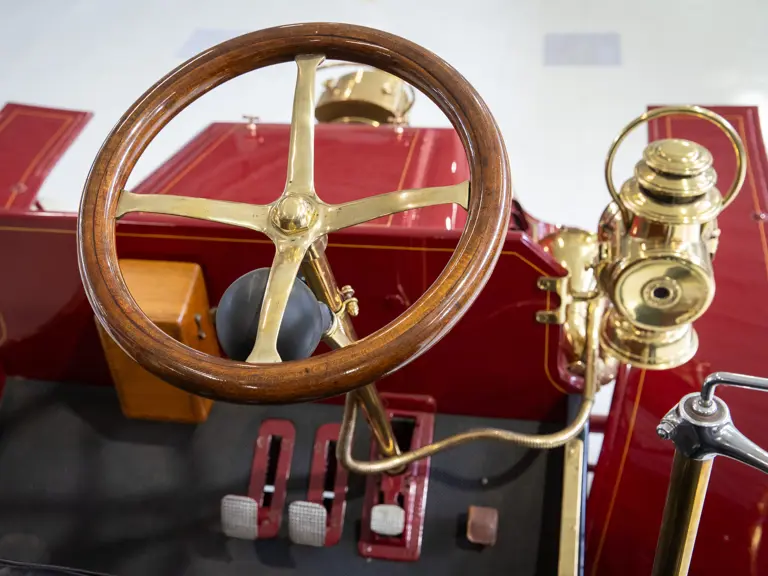
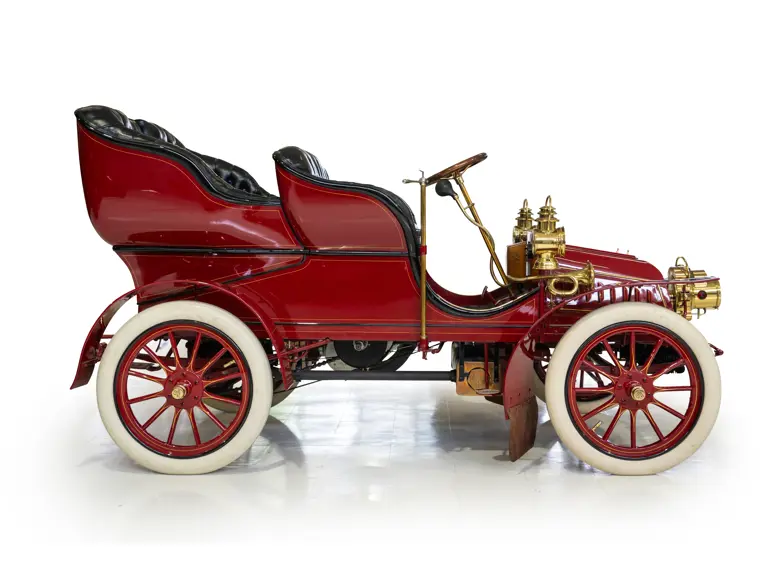
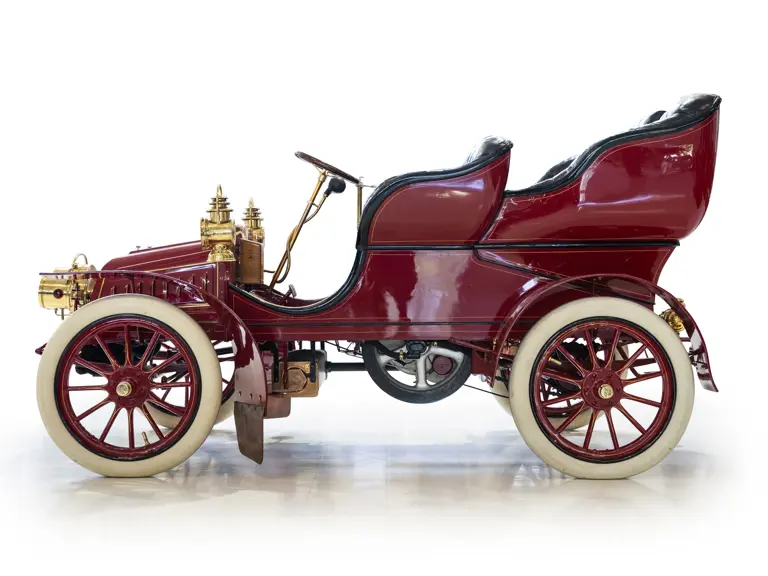

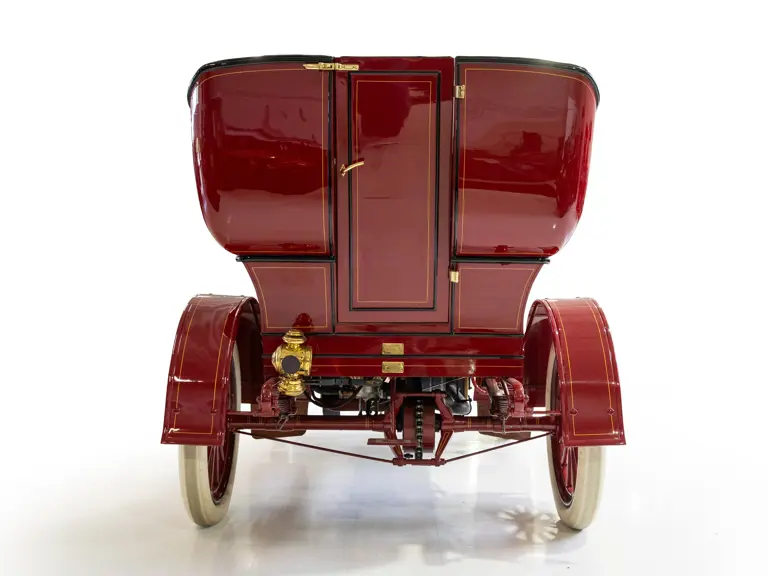


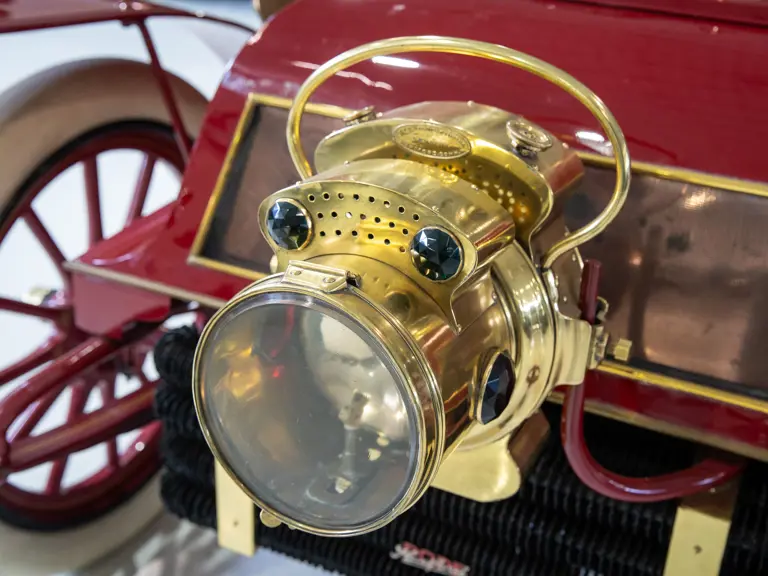
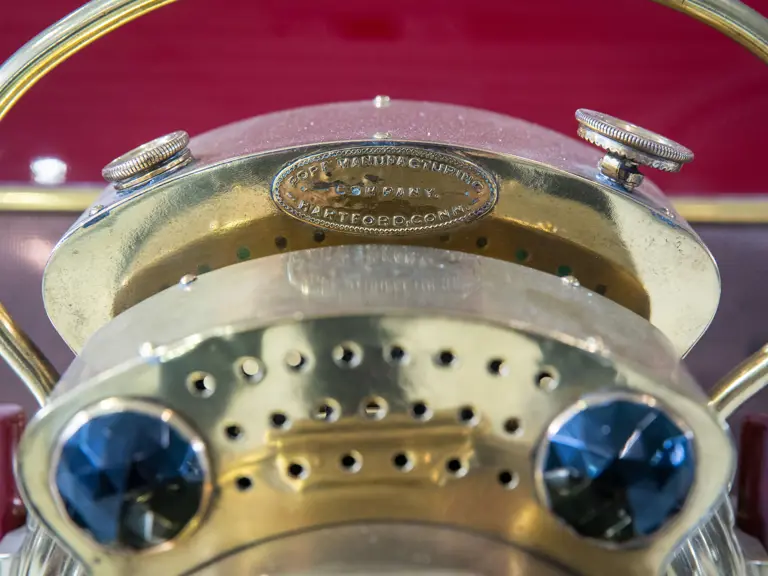

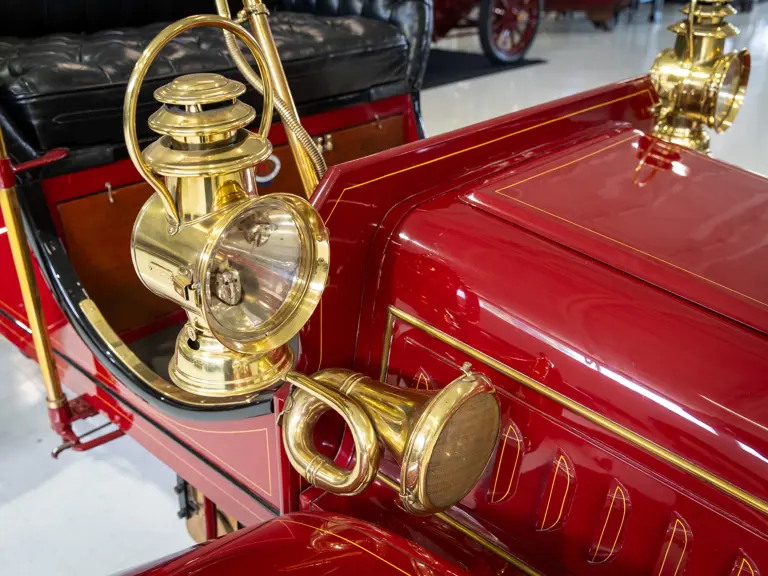

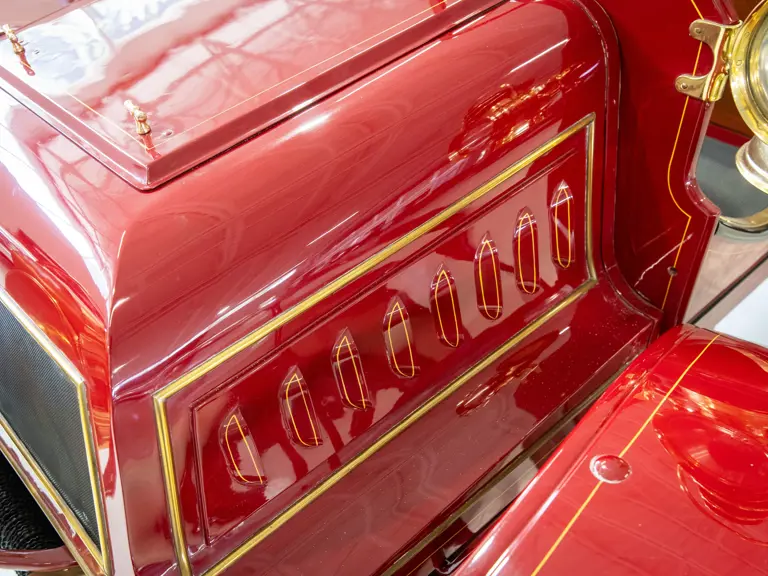
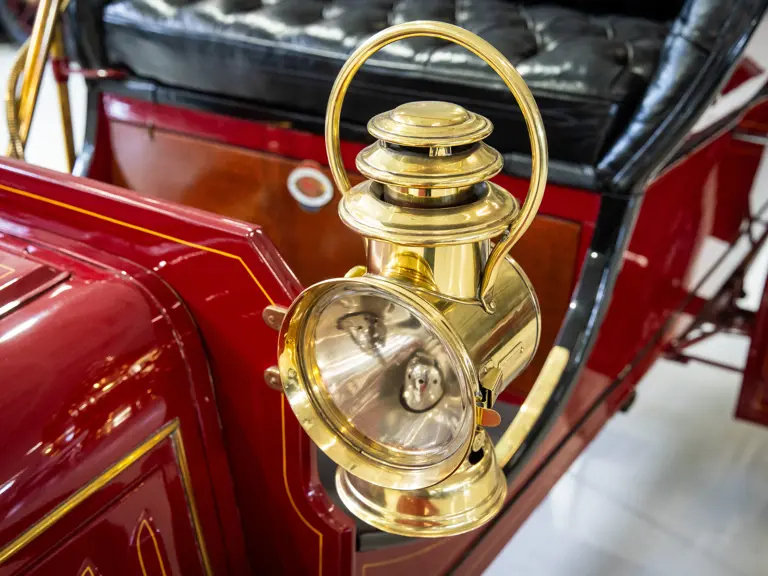
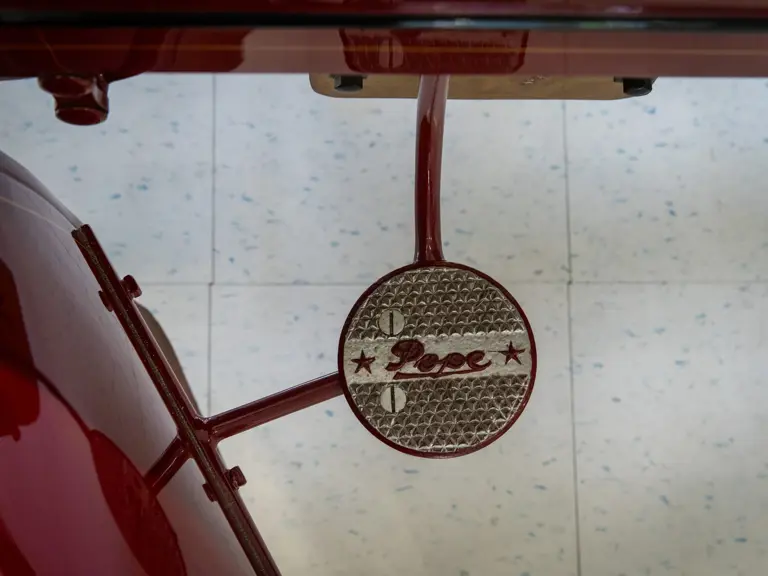
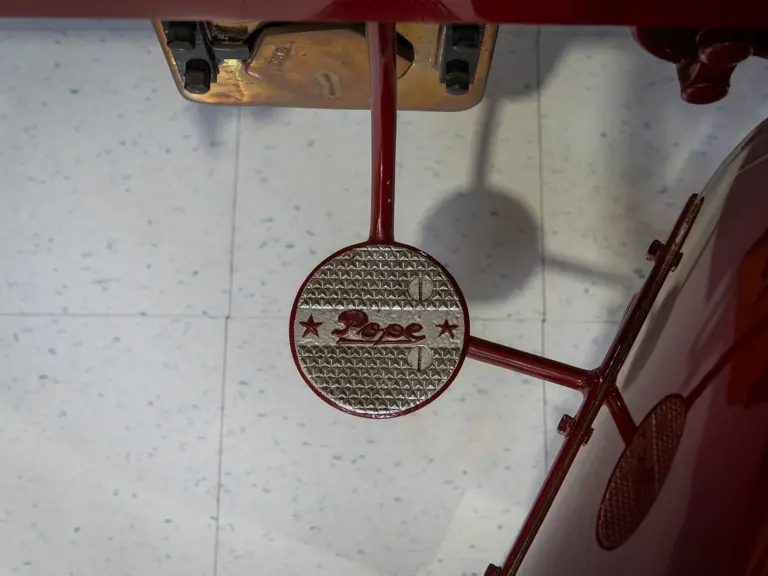
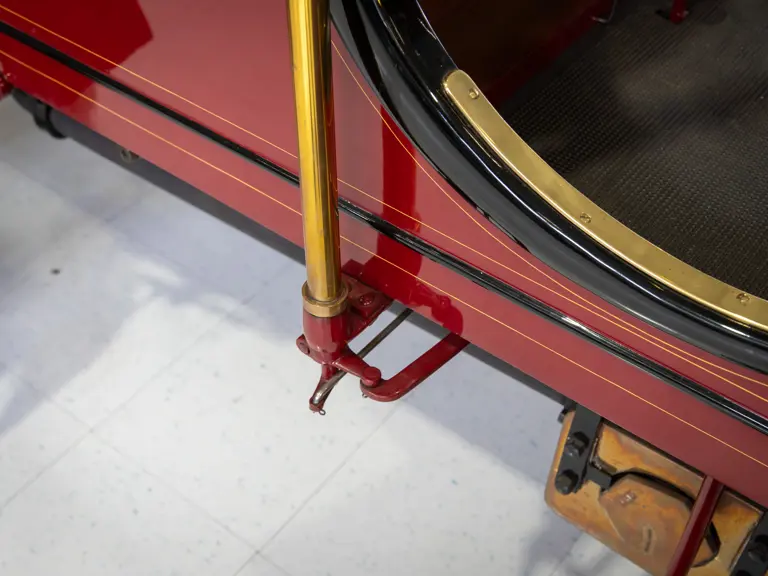



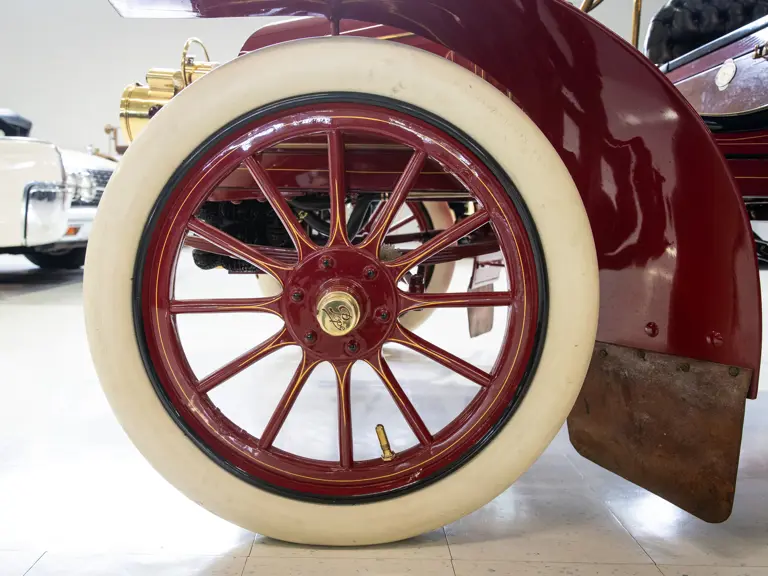
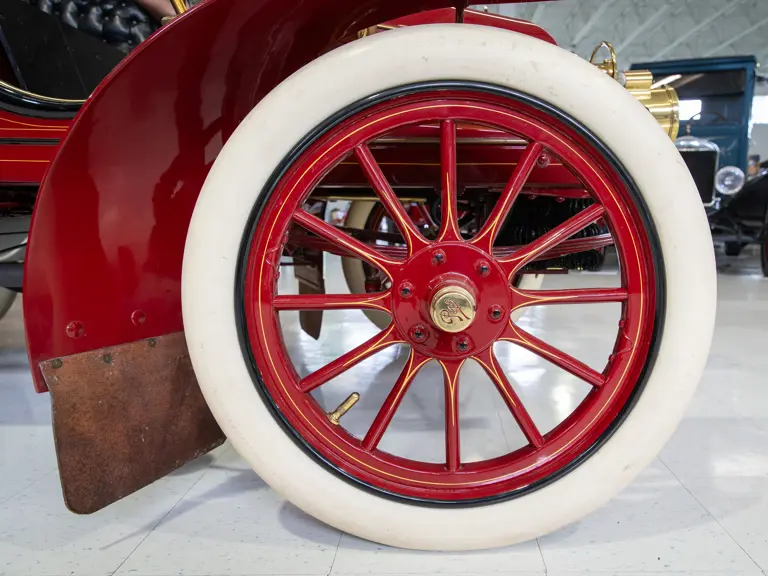


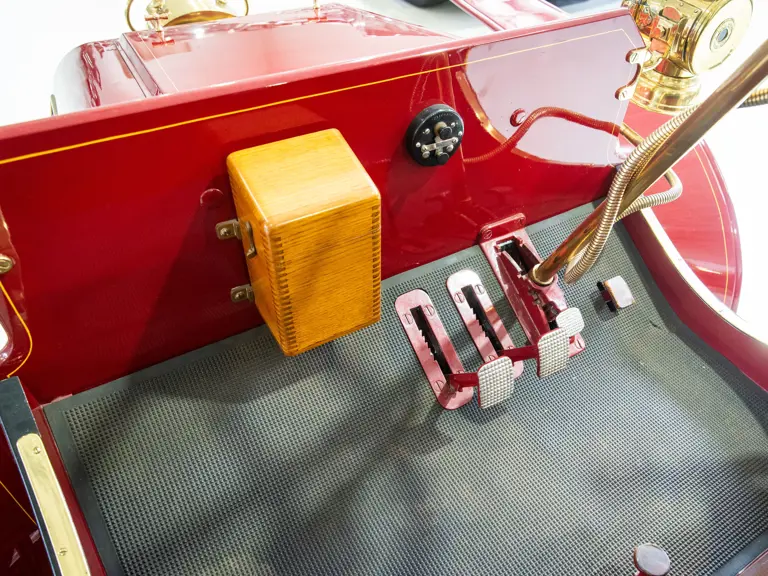

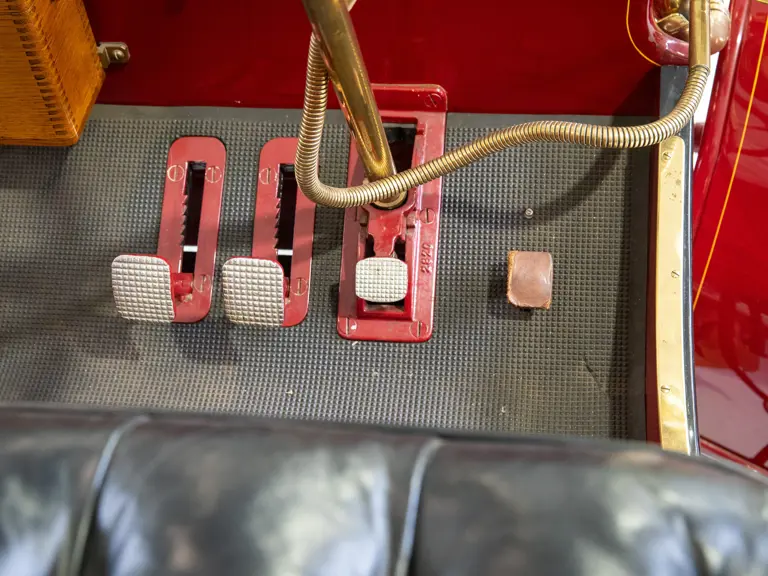
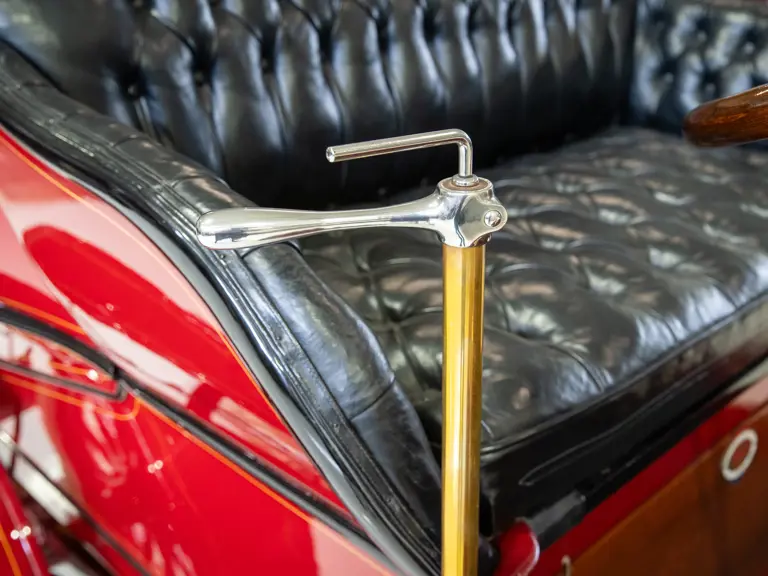
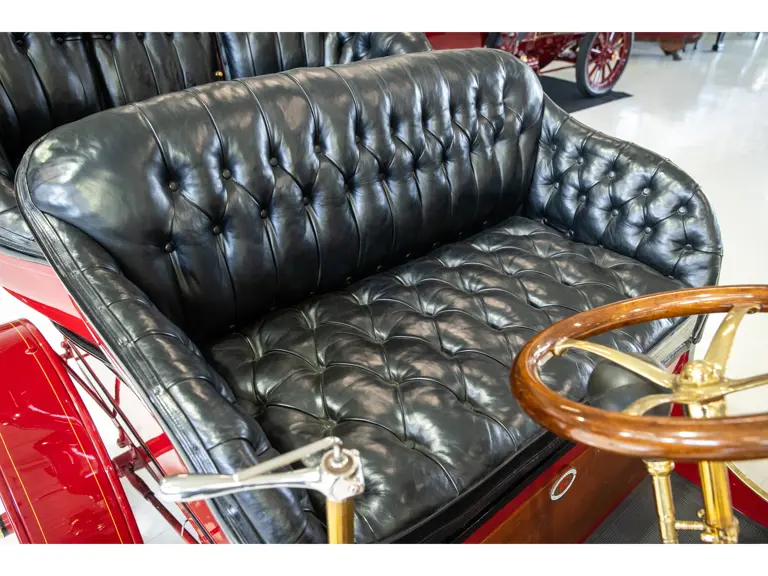

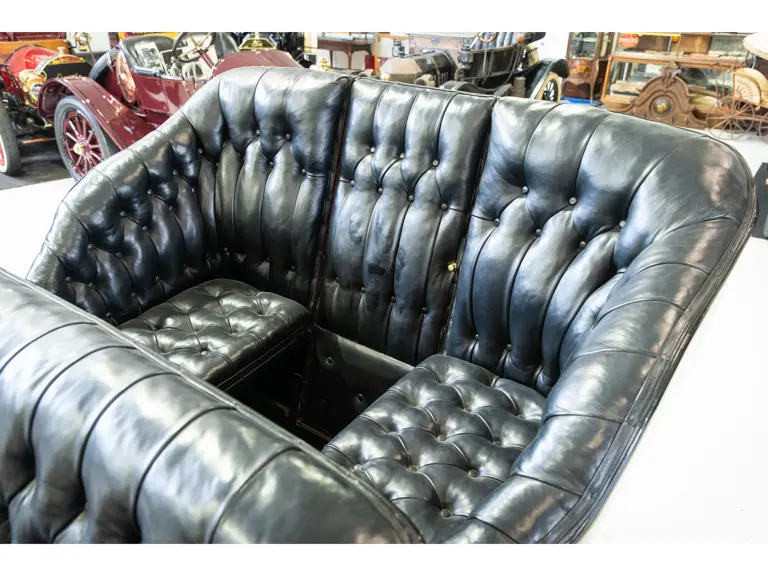
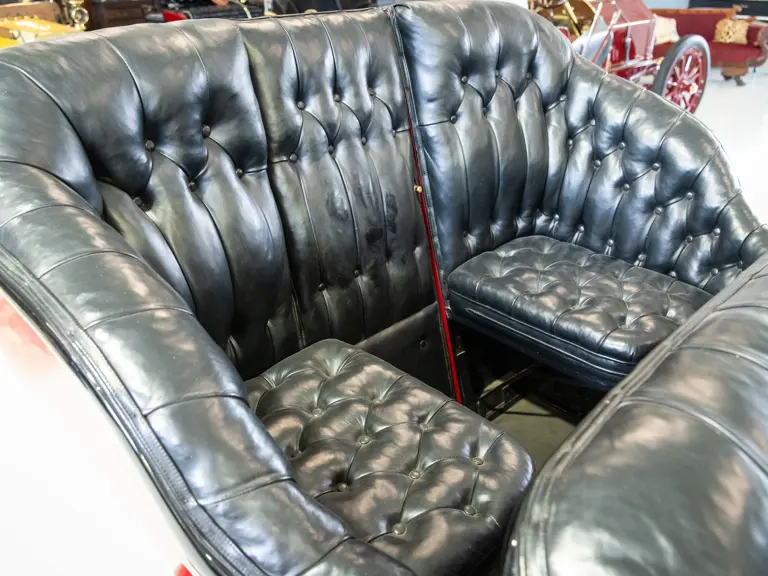
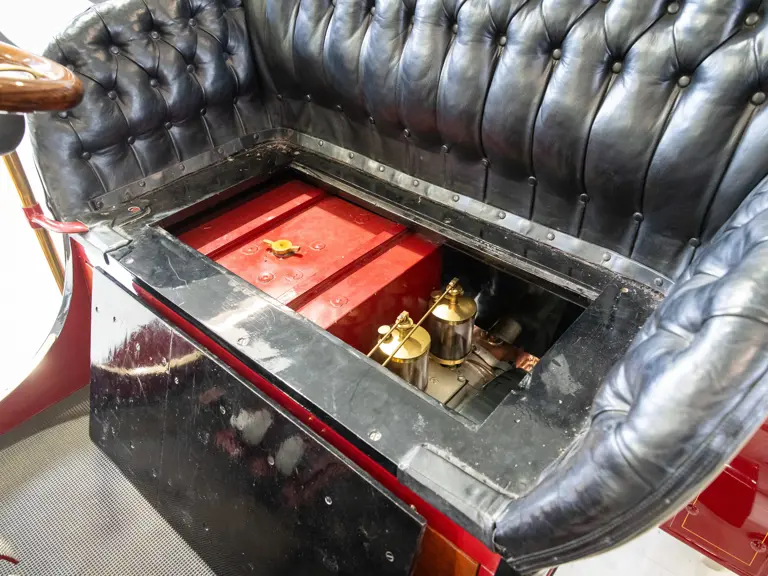

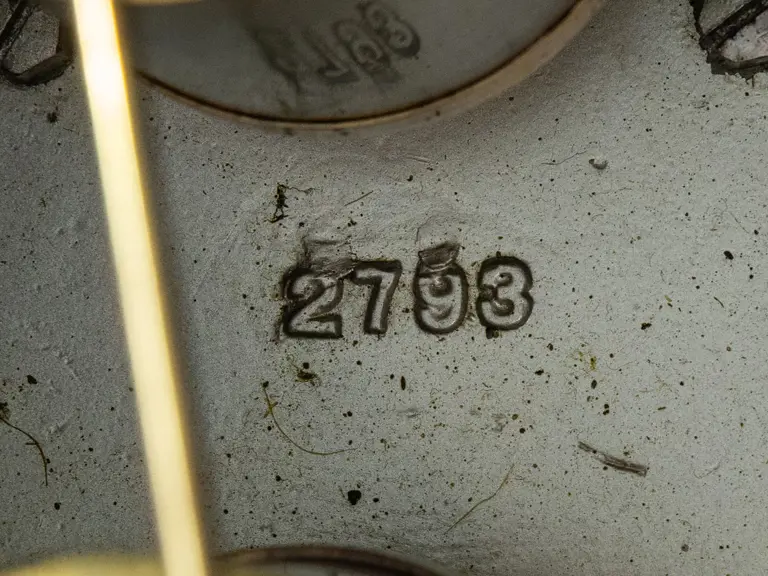
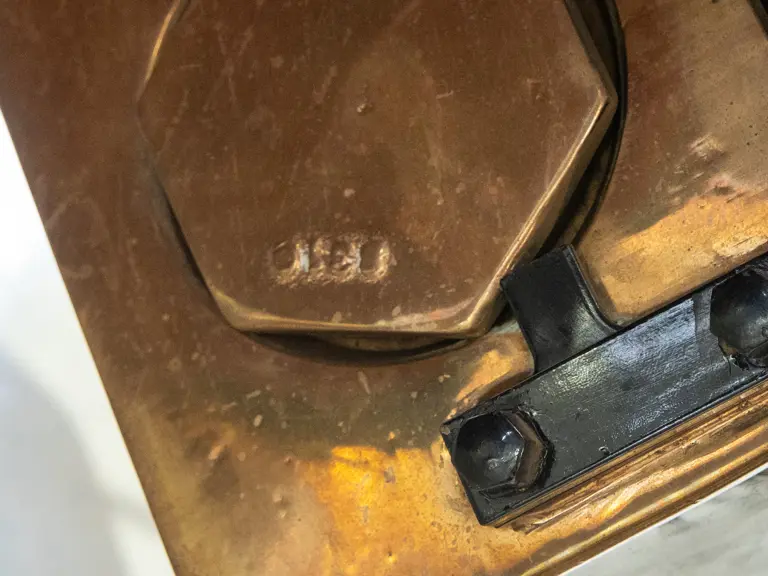
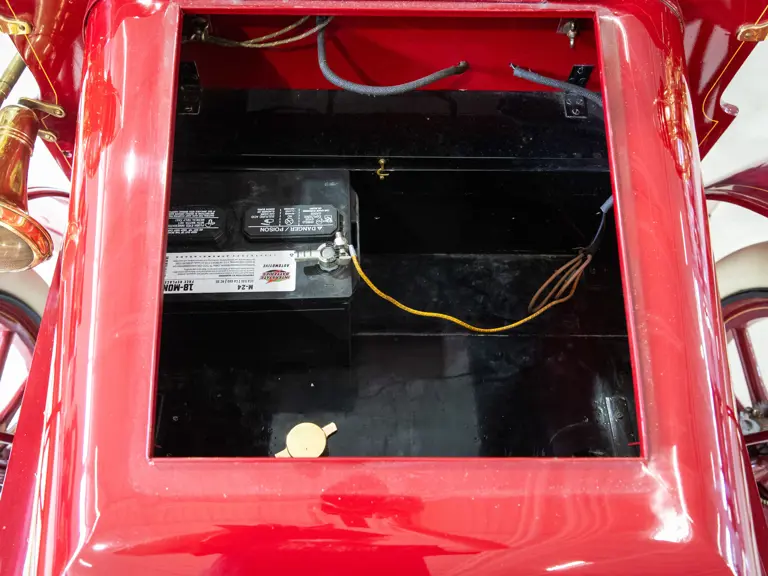


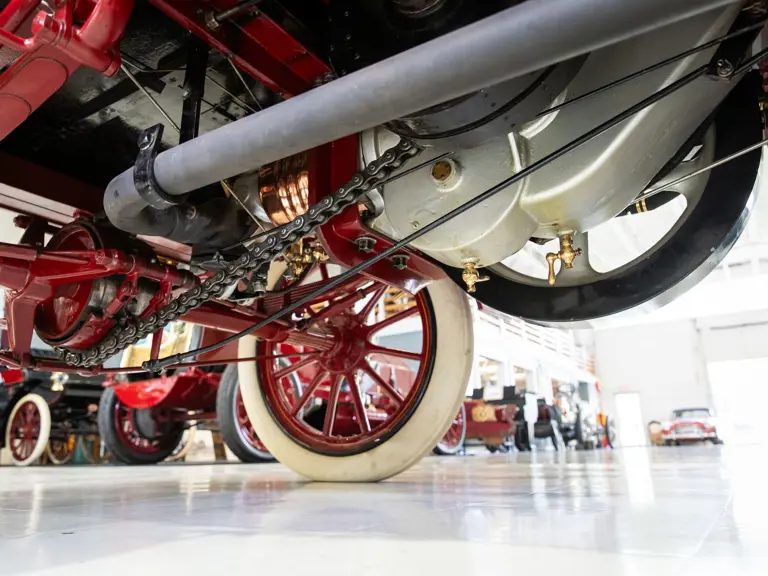
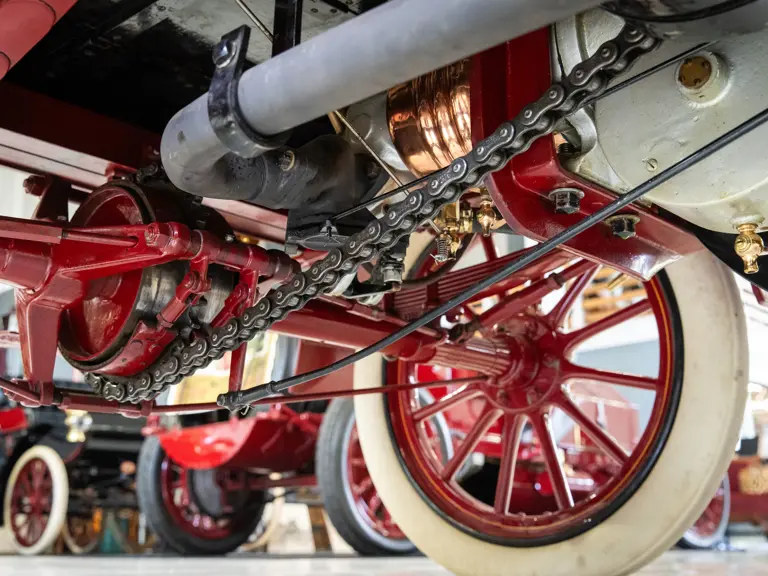
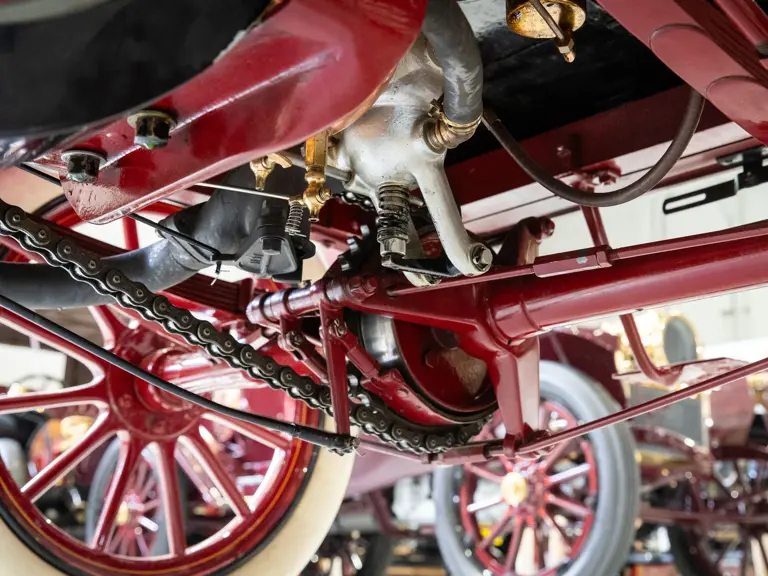
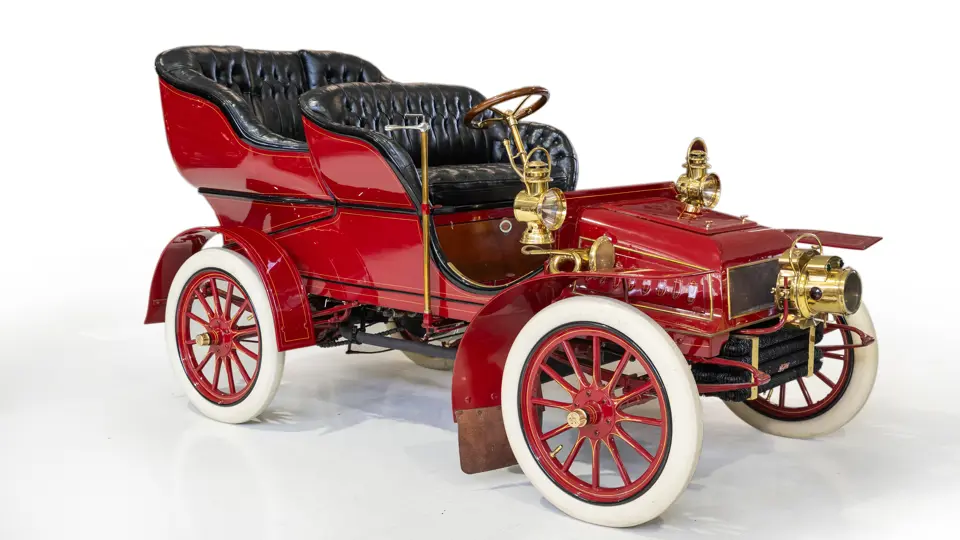
 | Hershey, Pennsylvania
| Hershey, Pennsylvania
